Baseball History Comes Alive Now Ranked #2 by Feedspot Among All Internet Baseball History Websites and Blogs!
Guest Submissions from Our Readers Always Welcome!
Scroll Down to Read Today’s Essay
Subscribe to Baseball History Comes Alive for automatic updates.
As a Free Bonus, you’ll get access to my Special Report: Gary’s Handy Dandy World Series Reference Guide!
I’ve said many times anyone who makes it to the major leagues is special in our eyes. It really doesn’t matter if the player was a star or a sub. So today we welcome back Mark Kolier with an interesting essay on overlooked Dodger first baseman, Norm Larker, a player I had never really heard of. As is always the case, whenever you look into the career of a former major leaguer, you’ll find some interesting information. Such is the case with Mark’s essay today. I think you’ll enjoy reading what Mark tells us today about Norm Larker, a player you’ve probably never heard of either! -GL
Have You Ever Heard of Dodger All-Star Norm Larker?
I Hadn’t Either!
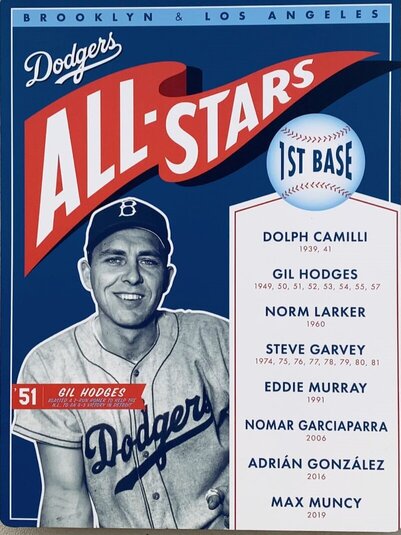
Freddie Freeman was an All-Star for the eighth time this past season, his third time as a Dodger. I came across a list of Dodger first base All-Stars and while the list did not include Freeman it did include his teammate Max Muncy who was a National League All-Star in 2019 at first base. The other names were all familiar to me except for one. Norm Larker? Who was Norm Larker and why had I never heard of this Dodger All-Star?
Larker followed Gil Hodges at first base and was an All-Star twice in 1960. That’s because there were two All-Star games played each season from 1959-1962.
In 1959 Larker played a pivotal role in helping the Dodgers win the National League pennant, starring in the best-of-three playoff versus the two-time National League champion Milwaukee Braves. He went 5-8 in the two-game Dodgers sweep. The Dodgers would go on to defeat the Go-Go-White Sox in the World Series four games to two. Larker did not, however, play a big role in that World Series victory.
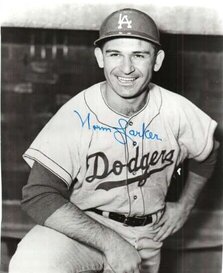
Larker had his best season in 1960 (.323/.368/.430), as you might expect given his two All-Star game appearances that season – the only times he was named an All-Star. He played in 133 games with 119 at first base where he replaced future Hall of Famer Gil Hodges. Hodges still played in 94 games at first, so there were many times where both players manned first base during a game. More impressively, at age 36 Hodges managed to play 10 games at third base that season. I didn’t remember Hodges as a third-sacker, but he played 32 games at the position over his career.
Success in the major leagues is fleeting, and not only did Larker peak in 1960, but he was also out of baseball altogether after the 1963 season. After an uninspiring 1961 season the Dodgers did not protect Larker in the expansion draft of 1962 where he was signed by the Houston Colt-45s. He had a decent 1962 season and after the season Houston traded him to the Braves where he hit .177 until August 8th when he was again traded, this time to the San Francisco Giants. The Giants sent down two of their young players – future Hall of Famer Gaylord Perry and future National League star Matty Alou to the minors to make room for Larker and Frank Linzy who they also had obtained at the same time as Larker.
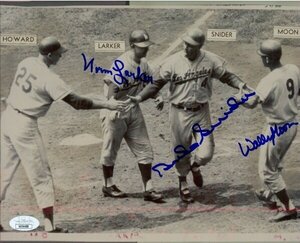
Larker played in only 19 games for the Giants mostly as a defensive replacement and was sent to the El Paso farm team at the end of the 1963 season. His major league playing career was finished at age 32. He played one more minor league season in Tacoma before playing another season in Japan for the Toei Flyers in Hokkaido, Japan in Nippon Professional Baseball (NPB).
Known for his fiery temper, Larker got into some hot water from time to time as the SABR article points out:
“Larker had two nicknames, either of which could have served as a catalyst – “Dumbo” and “Mad Dog.” He resented them both. “Dumbo” came from his big ears. “Mad Dog” originated in the minors after a teammate noticed that Larker grunted and groaned whenever he swung at a ball.
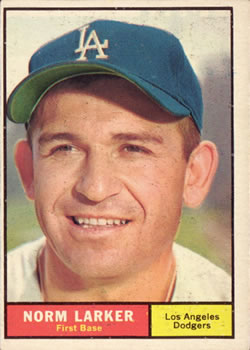
No wonder Larker suffered from an ulcer and even had to be hospitalized in Japan while playing for the Toei Flyers in 1965. Even though he vented his anger through his temper tantrums, he also swallowed a lot of it. The result was the ulcer. Nine years in the minors, being drafted by the White Sox and not playing a single inning and sitting on the Dodgers bench while Hodges played first base (despite Larker’s excellent performance while substituting for the injured Hodges in 1959) – all added to the buildup of his internal anger. When the ulcer kicked up, he would go wild in the dugout. Banned from smoking cigarettes, he would light up an occasional cigar.
On September 4, 1954, Larker married Evelyn Louise Hanks, a Mobile native. They met while Larker was playing minor-league ball in the South. The couple moved to Long Beach, California, when Larker broke into the major leagues. Once out of baseball, Larker seems to have calmed down, perhaps even found some peace. He and Louise raised four sons – Duane, Lewis, Damian, and Collin. He would be remembered as a family man who enjoyed hunting and fly fishing, especially with his family members. He would barbecue ribs and take photographs at backyard and neighborhood parties.
Larker underwent lung surgery in April 2002 while residing in Southern California. He was employed by Johns Manville, a manufacturer of asbestos. He passed away on March 12, 2007, after the reappearance of cancer in 2006. He is buried in All Souls Cemetery, Long Beach, California.”
Norm Larker did not play the requisite 10 years of major league baseball, so he was not able to collect a pension. But he should rest a little easier because just like in the movie Field of Dreams when Joe Jackson tells Archie “Moonlight” Graham that “you were good,” in 1960 Norm Larker was indeed very good.
Mark Kolier
About the Author: Mark Kolier along with his son Gordon co-hosts a baseball podcast called ‘Almost Cooperstown’. He also has written baseball-related articles that can be accessed on Medium.com and Substack.com.
Background information: SABR Bioproject essay on Norm Larker by Marc Z. Aaron
We’d love to hear what you think about this or any other related baseball history topic…please leave comments below
Subscribe to Baseball History Comes Alive to receive email updates. FREE BONUS for subscribing: Gary’s Handy Dandy World Series Reference Guide. The site has over 1500 fully categorized baseball essays and photo galleries, now surpassing the one million hits mark with over 1,253,000 hits.
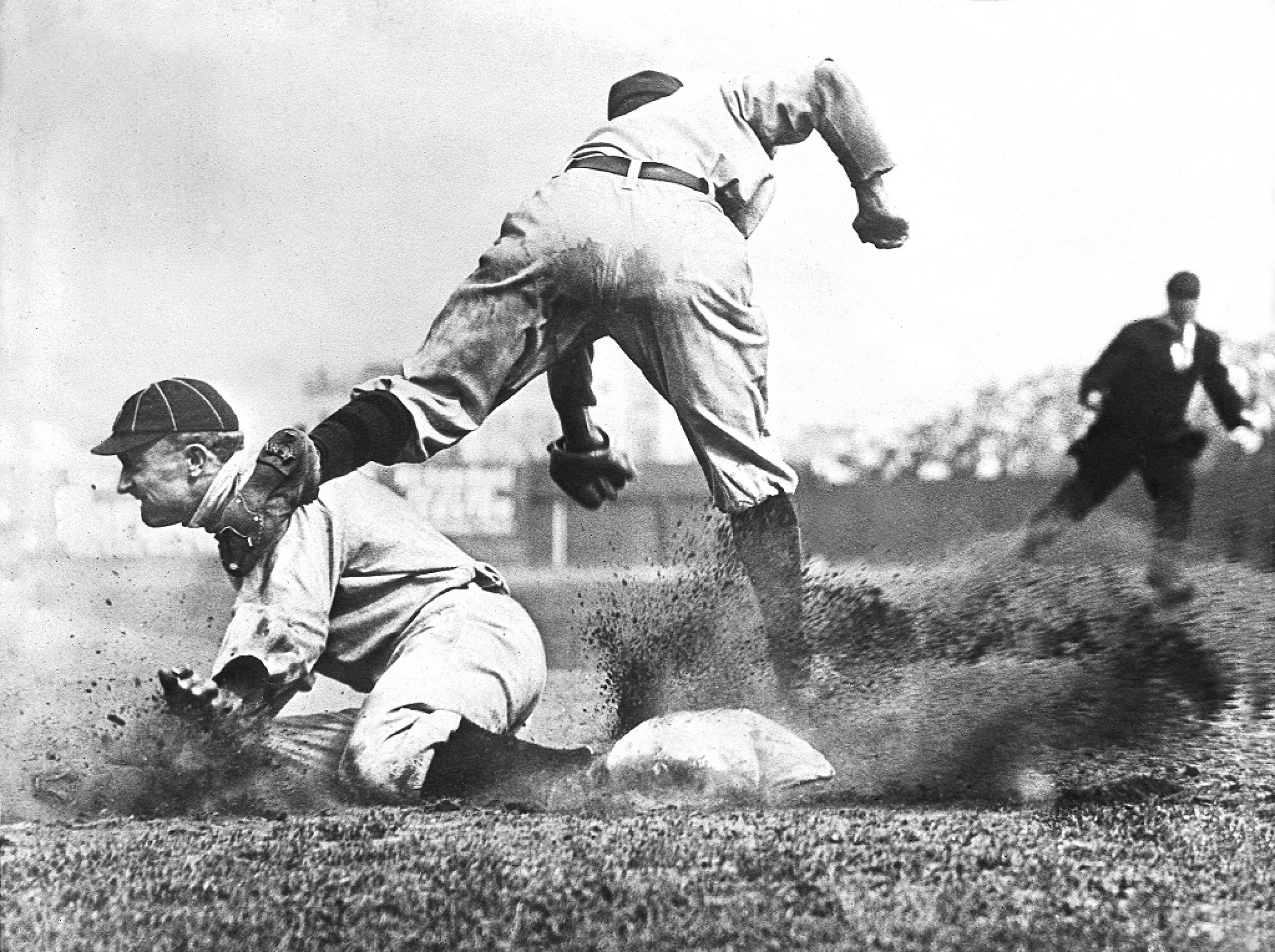
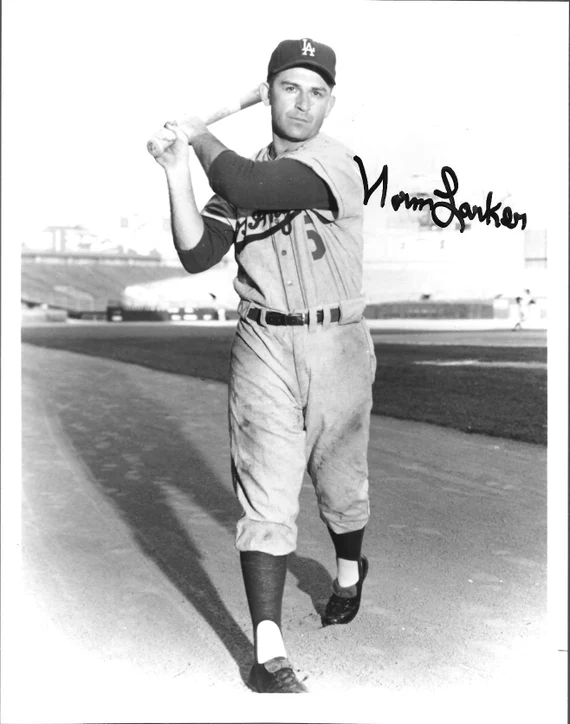
I had to respond to Mark Kolier’s article, “Have You Ever Heard Of Norm Larker? I Hadn’t Either!” Yes, I have heard of Norm Larker. Growing up in Southern California I was aware of the Los Angeles Dodgers baseball team. I was ten years old when I developed an interest in baseball and was looking for a baseball hero. Norm Larker became my first baseball hero. I idolized the Dodger wearing number five on his uniform.
I was able to follow his exploits on the diamond with the Dodgers for two seasons before the National League expansion in 1962 with the Houston Colt .45s and the New York Mets. When the Dodgers sent him to the Colt .45s, I was devastated. Since they had given up my favorite player to Houston, I vowed to never root for the Los Angeles Dodgers again.
I attempted to follow Norm’s Major League Baseball career for the next few seasons with the Houston Colt .45s and San Francisco Giants. After he went to Japan, I lost track of his baseball career since reports of Japanese baseball in the United States was scarce.
Years later, I had been invited to attend the annual Association of Professional Baseball Players of America dinner. Norm Larker was in attendance and I had the great privilege of meeting my first baseball hero. He was most welcoming and invited me to sit at his table and have dinner with him. We talked about his baseball career and he shared stories with me. Later, I related the story of my disappointment when he was traded from Los Angeles to Houston and how I vowed to never be a Dodgers fan again. He laughed and got pleasure with my loyalty to him as a fan. He was very gracious and signed a number of autographs for me. We shared several dinners at subsequent APBPA events. Meeting Norm Larker was a highlight and remains a great memory for me. I met my first baseball hero and he was everything I thought he would be. Norm Larker was a gentleman worthy of my baseball hero worship.
Thanks a lot Jim! Great reflections from your baseball past. Sounds like Norm Larker was a true gentelman as you mentioned. I always love the personal stuff like this…please keep in touch!
Thanks for the insight and story Jim. It’s nice to know Norm Larker as a baseball hero lived up to being a hero!